In the News
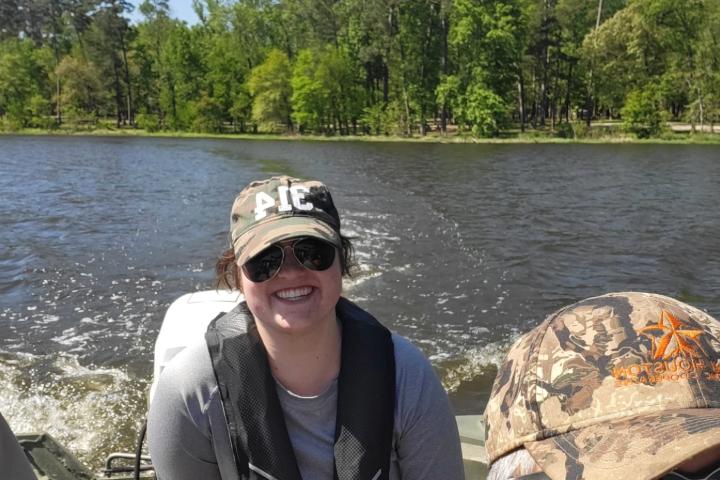
November 24, 2025
Veterinary medicine offers a wide range of career paths and options, and one of the most interesting and often overlooked is that of a state wildlife veterinarian....
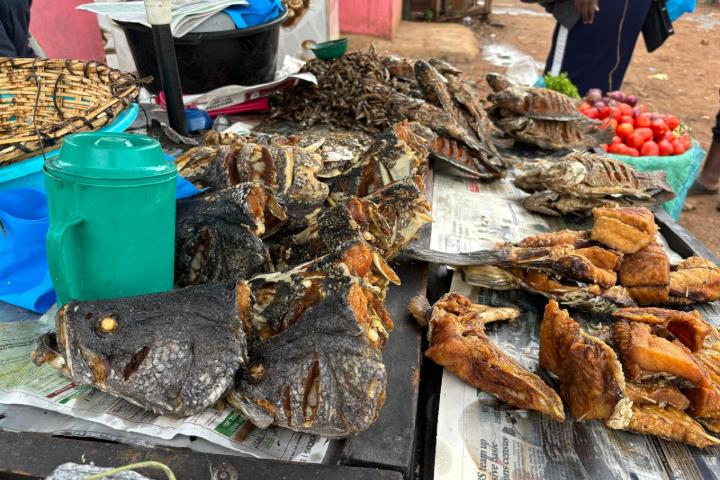
November 14, 2025
by
Rodman Getchell
Compassion is not just a feeling; it's a call to action. It motivates individuals to actively seek ways to help and make a difference in the lives of others....
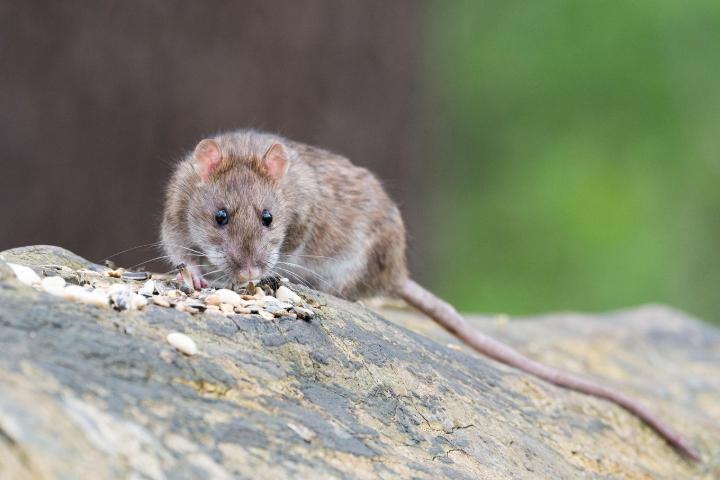
November 12, 2025
Dr. Raina Plowright comments on what newly revealed bat-rat interactions could mean for disease transmission.
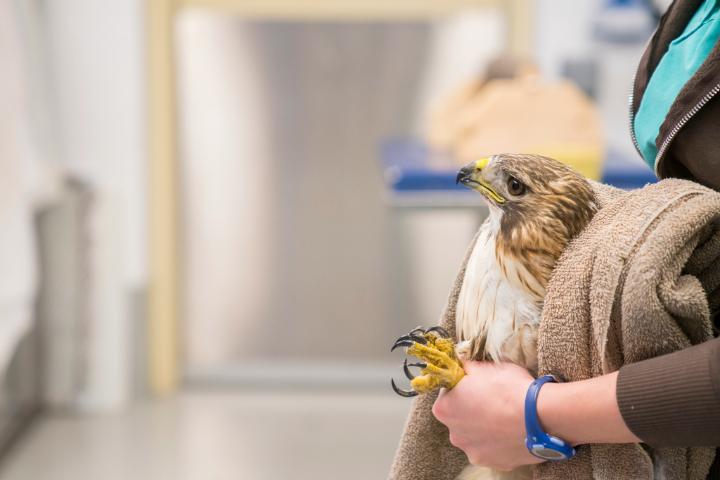
Blog
November 11, 2025
I decided to apply for a student technician position at the Janet L. Swanson Wildlife Hospital. Being able to learn about and help treat such a wide diversity of animals seemed like the opportunity of a lifetime!
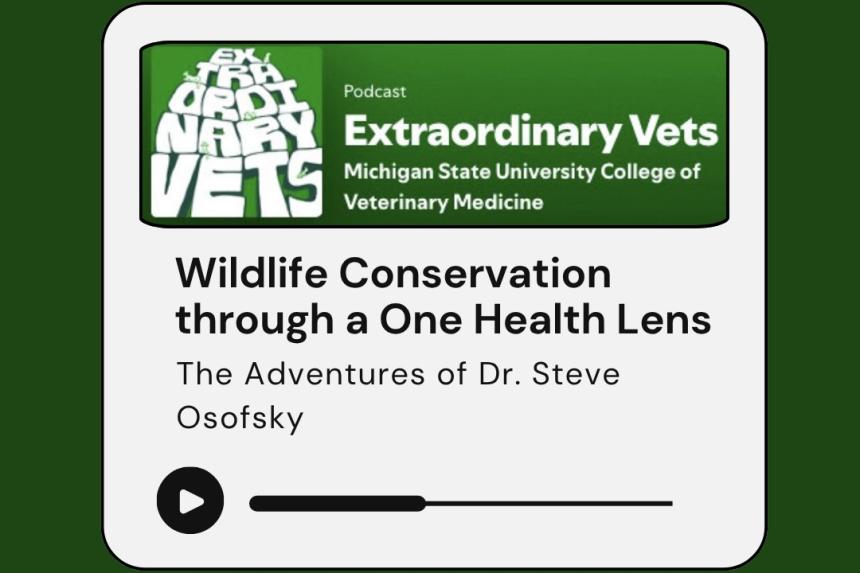
Podcast
November 06, 2025
Tune in to MSU's Extraordinary Vets podcast, featuring Dr. Steve Osofsky—wildlife veterinarian, conservationist, and One Health pioneer. You’ll enjoy a candid discussion about creative ways to navigate a career in wildlife conservation through a One Health lens!
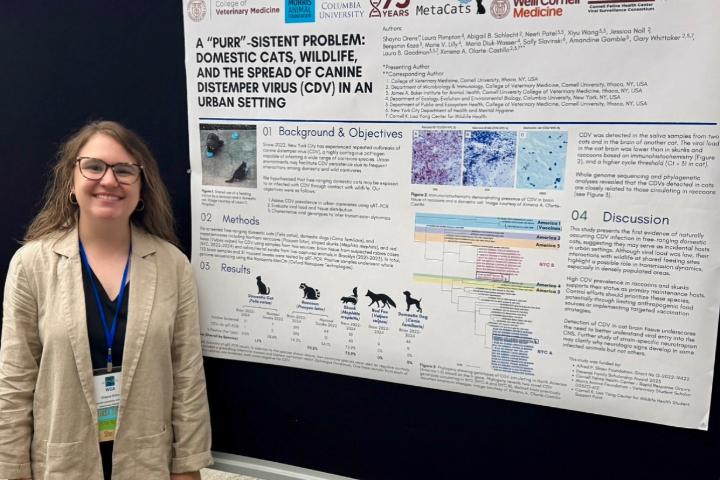
November 06, 2025
As a veterinary student passionate about wildlife health, One Health, and infectious disease ecology, this experience was a turning point....
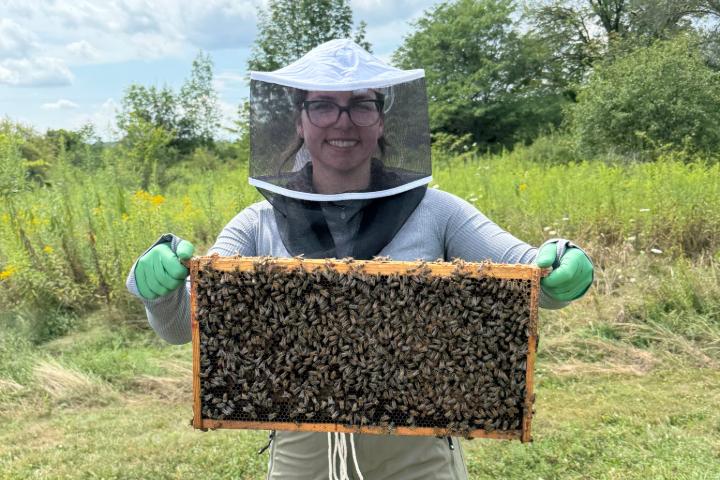
November 04, 2025
The Cornell K. Lisa Yang Center for Wildlife Health has launched a new residency in wildlife population health, building on the Cornell University College of Veterinary Medicine's leadership in preparing veterinarians to meet the urgent and evolving challenges facing our planet’s wild species.

November 04, 2025
As highly pathogenic avian influenza continues to disrupt agriculture and ecosystems worldwide, Dr. Amandine Gamble underscores its devastating impact on seabird populations and warns that the virus’s ecological effects will be long-lasting.
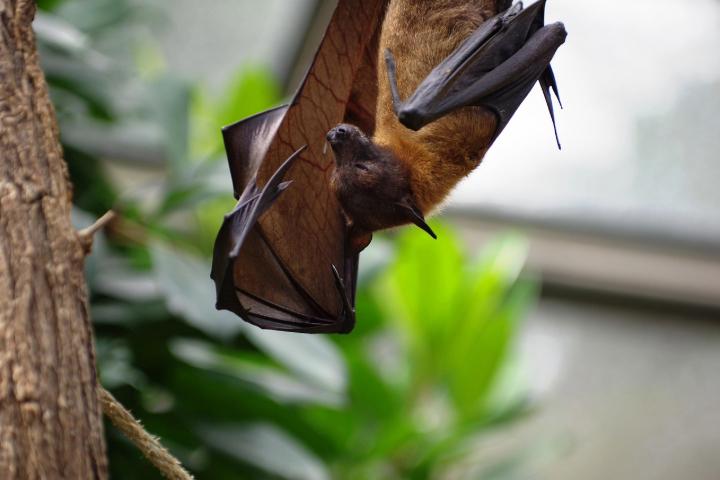
November 03, 2025
Cornell's Dr. Raina Plowright weighs in on how habitat loss and stress drive spillover risk and why protecting bats could help prevent the next pandemic.
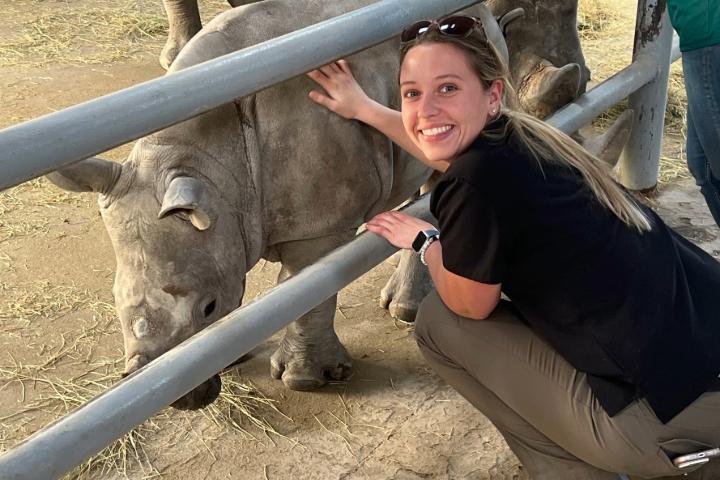
October 29, 2025
With aspirations of working as a veterinarian in a safari park, I approached the externship with the goal of gaining hands-on experience in field anesthesia and procedures performed under semi-free-ranging conditions....
